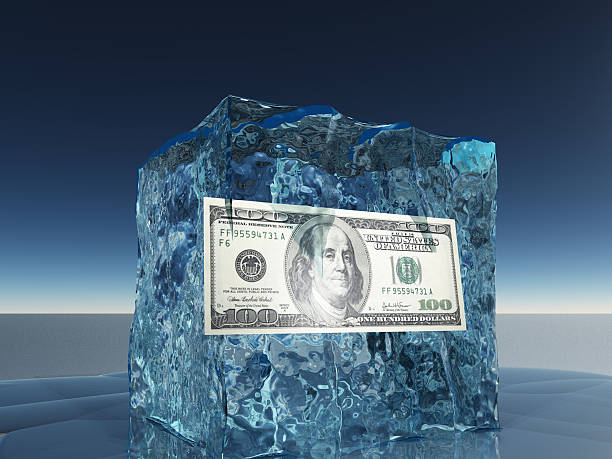Stocks climbed higher this morning, spurred on by another key inflation metric coming in softer than anticipated, hot on the heels of the S&P 500 closing at its highest level in more than a year.
The S&P saw a 0.6% uptick as the Dow Jones Industrial Average gained a modest 68 points or 0.2%. The tech-heavy Nasdaq Composite outperformed with a 1.2% surge in response to tumbling yields. The 10-year Treasury yield dipped below 3.80%.
Among the market’s top performers was Palo Alto Networks, a major player in the cybersecurity space, which rebounded from Wednesday’s losses to leap 4.6%, while MGM Resorts and Alphabet both enjoyed a rise of over 4%. Resort stocks, in general, have done very well over the last few sessions after Barclays analysts upgraded ratings on leading resort stocks, citing improved post-Covid margins in China.
They joined in on a broader market rally, which was sparked by yesterday’s pleasantly cool CPI reading. Then, this morning, investors shifted their gaze to the Producer Price Index (PPI), predicted to dip to just +0.4% YoY in June. Instead, the PPI underperformed even these lowered expectations, posting a mere +0.1% MoM increase, leaving the YoY PPI barely above zero at +0.1%. This was the most sluggish YoY PPI since August 2020 and a major “miss” by all accounts.
Upon deeper examination, core PPI, excluding food, trade, and energy, rose 2.6% YoY, the slowest since February 2021. June saw a 0.2% increase in the index for final demand services, identical to May’s rise, with prices for final demand services, minus trade, transportation, and warehousing, increasing by 0.3%.
Key contributors to June’s increase included a 5.4% rise in the index for deposit services and advances in the indexes for food and alcohol retailing, traveler accommodation services, insurance, hospital inpatient care, and airline passenger services. Conversely, prices for truck transportation of freight and the indexes for food and alcohol wholesaling and for residential real estate loans (partial) saw declines.
June’s prices for final demand goods remained steady, following a 1.6% decline in May. A 0.7% rise in the index for final demand energy offset a drop in prices for final demand goods less foods and energy and for final demand foods, which declined 0.2% and 0.1% respectively.
An observable downward trend in the pipeline for PPI, with intermediate demand goods prices down over 9% YoY – worse than the lowest point of the COVID lockdowns – seems to signal impending deflation. The question remains whether this deflationary pressure is a harbinger of a looming recession.
“The PPI confirmed the cooling inflation shown in yesterday’s CPI, but the lower-than-expected weekly jobless claims number was a reminder of continued labor market tightness,” commented Mike Loewengart, Head of Model Portfolio Construction at Morgan Stanley Global Investment Office.
He added, “For now, the stage appears to be set: The Fed is still on track to raise interest rates in a couple of weeks, and investors will shift their focus to corporate balance sheets as earnings season kicks into gear.”
With the latest inflation data suggesting that July’s hike will be the last of the cycle, that may ironically be a major bearish indicator. When short-term yields peak – usually following the last rate increase of a hiking cycle – the market has been hit with a crisis each and every time. The crises ranged from the Global Financial Crisis of 2008 to a regional crisis like the “Tequila Crisis” of 1994, in which Mexican banks melted down, rapidly devaluing the peso.
On average, it takes about 7 months after the 2-year Treasury yield peaks for a crisis to arrive. Given how long bulls have overstayed their welcome this year, there’s a case to be made for a near-term selloff, regardless of whether it comes on the heels of a new crisis.








